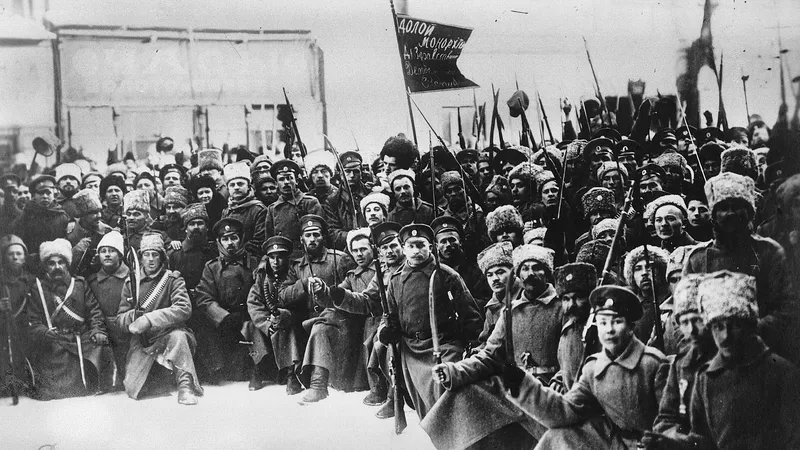The establishment of a socialist society in Russia was not a singular event but rather a complex and transformative process deeply intertwined with historical, social, and political upheavals of the early 20th century. Let’s delve into the progression of this societal transformation.
Background and Prelude to Revolution:
At the dawn of the 20th century, Russia stood as an autocratic empire under the dominion of the Romanov dynasty. The populace, particularly the peasants, endured harsh conditions and limited rights, trapped within the confines of an oppressive system.
The onset of World War I only exacerbated Russia’s existing woes. The strain on the economy and the devastating losses on the battlefield fueled discontent and unrest among the population, laying the groundwork for the revolutionary fervor that was to come.
February Revolution (1917):
In February 1917, the simmering discontent erupted into mass protests, strikes, and mutinies in Petrograd (formerly St. Petersburg). The populace, burdened by economic hardships and food shortages, demanded an end to the war and better living conditions.
Under the weight of mounting pressure, Tsar Nicholas II abdicated the throne on March 2, 1917, signaling the demise of centuries-old Romanov rule and paving the way for a new era of governance.
Provisional Government:
Following the Tsar’s abdication, power temporarily shifted to the Provisional Government, led by liberals and moderate socialists. However, the government’s commitment to continuing the war and its inability to address the populace’s grievances bred widespread dissatisfaction.
October Revolution (1917):
The discontent reached its zenith with the October Revolution, spearheaded by Vladimir Lenin and the Bolshevik Party. Seizing key points in Petrograd, the Bolsheviks toppled the Provisional Government and established Soviet power, with Lenin at the helm of the Council of People’s Commissars.
Civil War (1918-1922):
The Bolsheviks’ ascent to power sparked fierce opposition from anti-Bolshevik (White) forces, igniting a protracted and devastating civil war. In response, the Bolsheviks formed the Red Army to defend the nascent socialist state against both external and internal threats.
Formation of the Soviet Union (1922):
Amidst the chaos of civil conflict, the Treaty of Union in December 1922 formally united several Soviet republics, including Russia, Ukraine, and Belarus, to form the Union of Soviet Socialist Republics (USSR). The Bolsheviks solidified their grip on power, establishing one-party rule under the Communist Party (CPSU).
Socialist Policies:
With the consolidation of power, the Bolsheviks set about implementing sweeping reforms aimed at restructuring society along socialist lines. Land was redistributed from the aristocracy to the peasants, major industries and banks were nationalized, and efforts were made to eradicate illiteracy and promote gender equality.
Legacy:
The establishment of a socialist society heralded a profound societal transformation in Russia, touching every facet of life. Moreover, the Soviet Union emerged as a major player on the global stage, leaving an indelible mark on 20th-century geopolitics.
In conclusion, the journey towards socialism in Russia was fraught with revolution, civil strife, and the consolidation of power. Yet, these tumultuous events laid the groundwork for the formation of the Soviet Union and profoundly influenced the course of Russian and world history.

